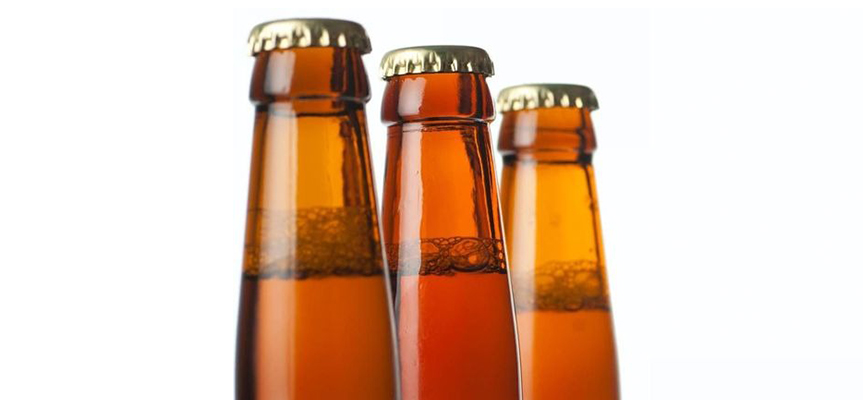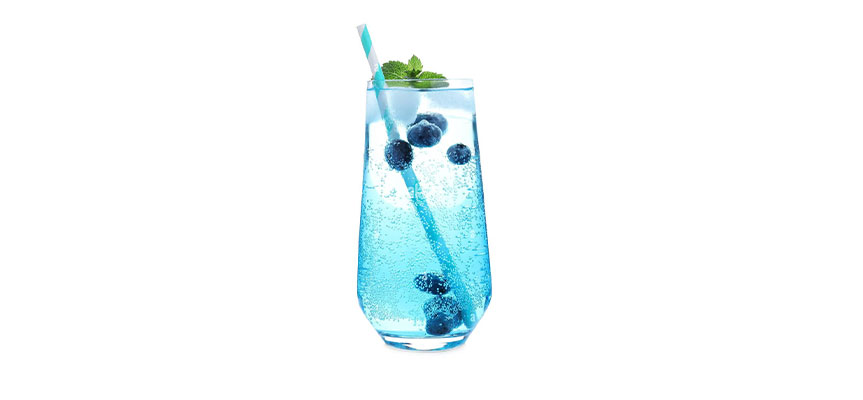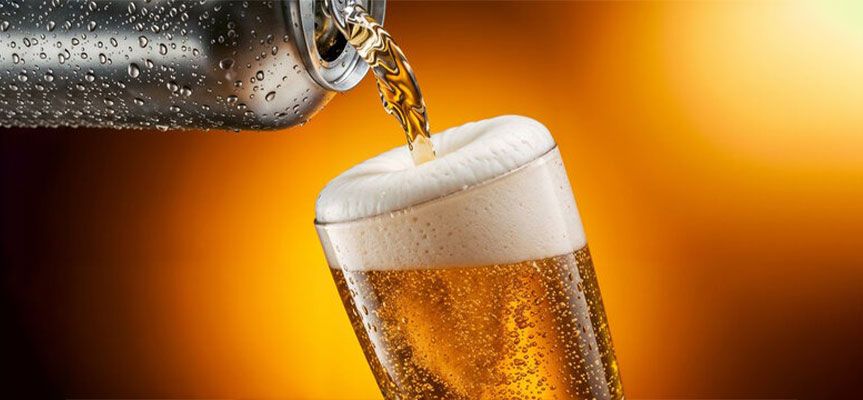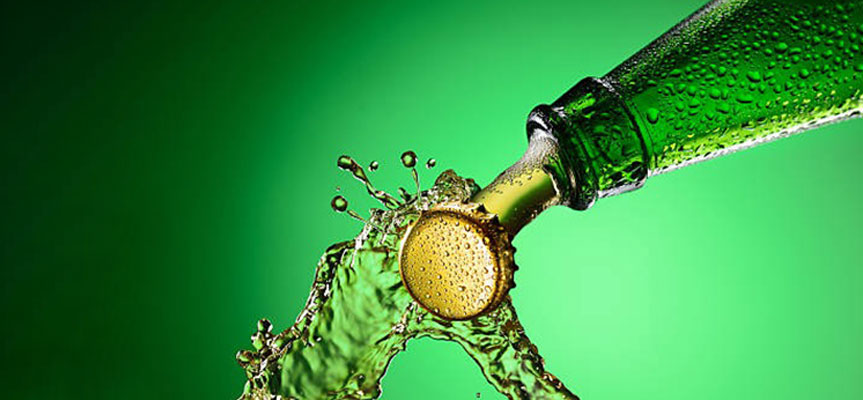In the competitive market of carbonated beverages, final product quality goes far beyond initial formulation or base flavor. One of the determining factors—often hidden from the consumer’s eye, is the type of gas used in the beverage: unstable gas or stable gas. This distinction isn’t just a technical detail; it has a direct impact on consumer experience, flavor, texture, and even beverage safety. In this article, we will scientifically and precisely examine the differences, effects, and importance of using stable versus unstable gas, especially in drinks produced by startups and innovative brands.
The Importance of Gas in Carbonated Beverages
Carbon dioxide (CO2), as the primary gassing agent in beverages, not only contributes to freshness and desirable taste but also plays a role in microbial safety. However, not all gases perform equally. Stable gas refers to gas that retains its properties throughout the product’s shelf life and under various storage conditions, without easily escaping the liquid. In contrast, unstable gas separates from the liquid quickly when exposed to air or temperature changes, leading to a decline in beverage quality.
What Is Unstable Gas, and Why Is It Problematic?
Unstable gas in carbonated beverages usually results from the absence of a proper stabilization system or the use of low-purity CO2. This type of gas typically discharges rapidly over time or upon bottle opening, rendering the drink flat, tasteless, and lacking a sense of freshness. The impact of unstable gas goes beyond taste, it also alters the physical structure of the beverage.
Stable Gas: The Choice for Higher Quality
In contrast, stable gas offers features such as long-term durability, pressure retention inside the bottle, and no changes in taste or color over time. This type of gas is typically injected into beverages with the help of a CO2 stabilizer, enabling it to blend at the molecular level with the liquid and preventing rapid escape.
The Difference Between Stable and Unstable Drinkable Gas
From a technical standpoint, the main differences lie in the degree of purity, injection pressure, and the presence (or absence) of stabilizers. Stable gas is generally introduced into the beverage under high pressure and with high purity, while unstable gas is injected under weaker conditions without scientific formulation. This difference directly affects taste perception, carbonation strength, and the product’s final color.

Does Unstable Gas Decrease Beverage Quality?
Short answer: Yes. Field studies show that beverages with unstable gas, especially after being opened, rapidly lose quality and disrupt the drinking experience. For quality-conscious consumers and in export markets, this poses a serious challenge.
How Does CO2 Stabilizer Improve Gas Stability?
CO2 stabilizers, utilizing advanced technologies, help carbon dioxide molecules remain within the liquid structure and resist escaping. This process includes pH adjustment, the use of approved food-grade polymers, and specific additives. One brand that has made significant innovations in this field is Grownida, which has succeeded in producing beverages with stable gas using its proprietary stabilizers.
Read more: How Carbonation Stability Impacts Drink Enjoyment؟
Color and CO2 Stabilizers in Carbonated Drinks
Color and gas are inseparable elements in the visual and sensory experience of beverages. Stabilizers like Brilliant Blue and WINNOVENT not only preserve color against light and heat but also, alongside CO2 stabilizers, contribute to the overall enhancement of beverage quality.
The Impact of CO2 Stabilizer on Beverage Quality
According to industry reports, using CO2 stabilizers reduces gas loss by 35% and increases beverage shelf life by 20%. These figures are especially crucial for export-focused brands or those operating in tropical regions.
What Are the Benefits of Stable Gas in Beverages?
- Preservation of original product taste
- Increased consumption shelf life
- Enhanced consumer experience
- Reduced need for refrigeration
- Exportability without quality loss
Grownida Brand and Innovation in CO2 Stabilization
The Grownida Innovation and Creativity Center, through investments in field and lab research, has developed a new generation of gas and color stabilizers specifically tailored for the beverage market. Products like Grownida’s color stabilizer and soda gas stabilizer have captured the attention of major beverage producers.
Global Trends Toward Stable Gas Usage
Today, major companies are moving toward the use of stable and natural gases. This shift not only improves quality but also aligns with food safety standards.
Grownida Color Stabilizer: A Complementary Role in Quality Preservation
Grownida’s color stabilizer, developed with approved edible materials and microencapsulation technology, can prevent color changes when exposed to light, heat, or gas. The combination of this technology with carbon dioxide stabilizers results in high-quality, stable products.
Know more: Stable Color and More Sales: The Role of Color Stabilizers in Attracting Customers
Consumer Insights: Why Is Stable CO2 Important?
In an internal survey of consumers, over 72% stated that carbonation level and drink freshness were among the main factors influencing their satisfaction. This statistic highlights the importance of gas type in beverage branding and production.

The Right Choice for Emerging Brands
For startups and small-scale manufacturers, using stable gas and reliable stabilizers not only ensures product improvement but also serves as a competitive advantage in today’s tough market.
The Future of Carbonated Drinks: Stable or Unstable?
With global trends favoring healthier, more natural, and more stable beverages, the use of stable gas and color/gas stabilizers in carbonated drinks will undoubtedly become a new industry standard.
Read more: Foam & Gas and Color Based Formulation: The Three Pillars of Beverage Quality
Conclusion
The difference between unstable and stable gas isn’t just a technical issue, it directly affects branding, customer experience, and product durability. Using CO2 stabilizers and Grownida’s color stabilizer can be an effective way to enhance the quality of carbonated drinks, increase customer satisfaction, and elevate brand positioning. Startups, export-focused companies, and creative brands should take this seriously and make the right choices to pave the way to success.
Frequently Asked Questions
Does unstable gas reduce beverage quality?
Yes, unstable gas leads to flavor degradation, loss of pressure, and a flat drinking experience, negatively impacting consumption.
What are the benefits of stable gas in beverages?
Flavor preservation, longer shelf life, reduced need for cold storage, export suitability, and a better consumer experience.
What is a gas stabilizer, and how does it work?
It is a food-grade additive that, through technology, helps retain carbon dioxide within the liquid structure, preventing it from escaping.
Does Grownida Color Stabilizer only maintain color?
No, besides maintaining color, it works in harmony with gas stabilizers to enhance overall beverage quality.
How can emerging brands use this technology?
By choosing research-based products like Grownida’s, they can improve product quality and perform better in a competitive market.


